Flanges
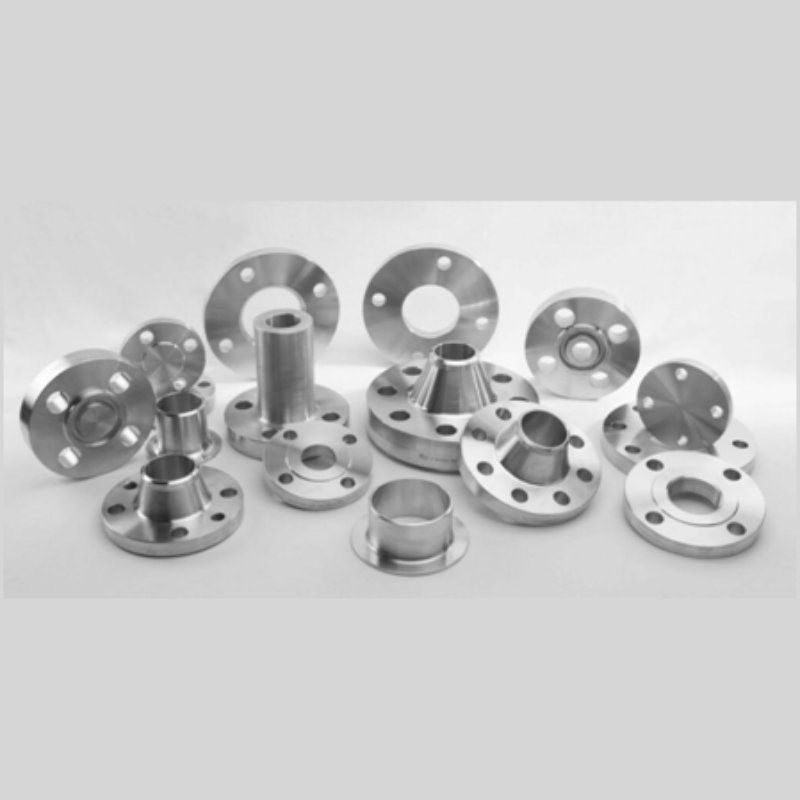
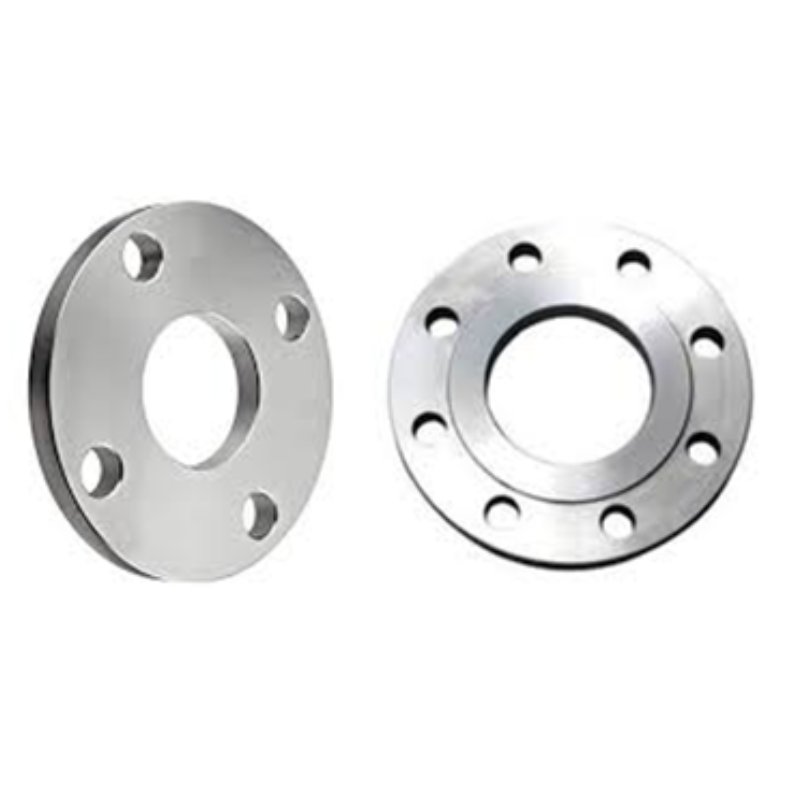
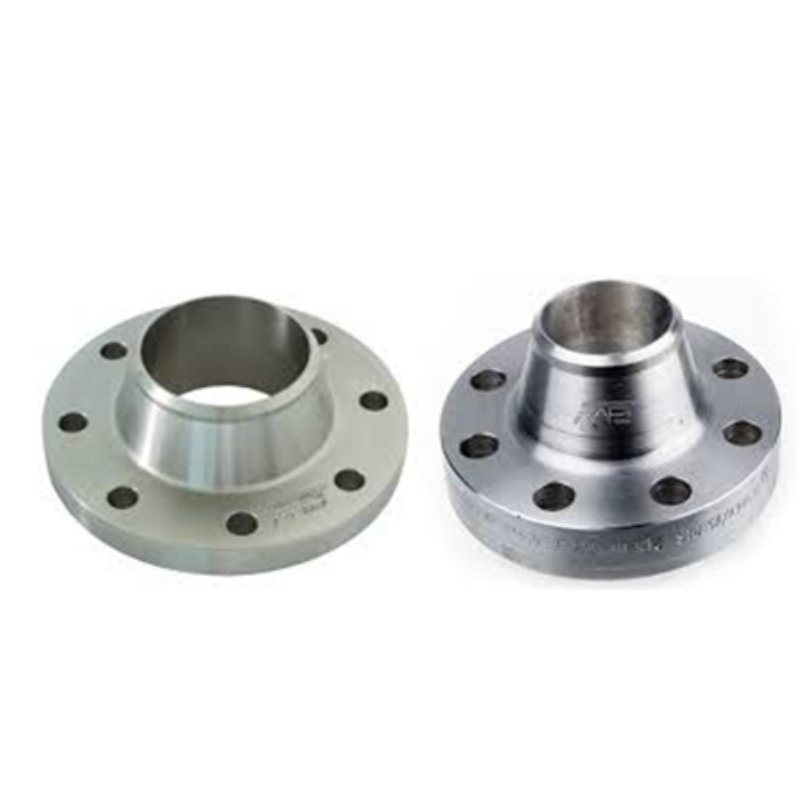
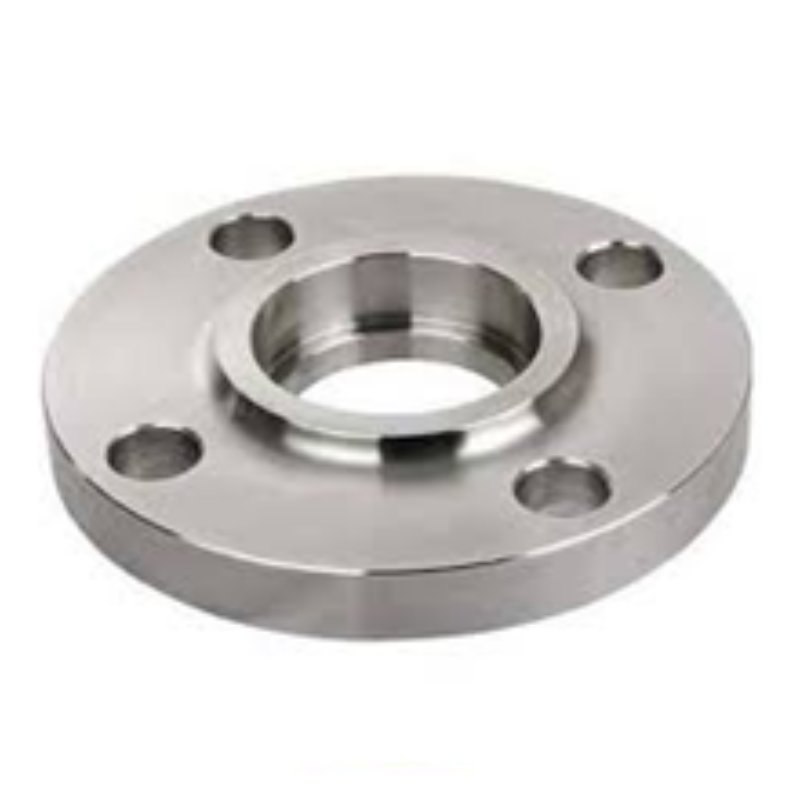
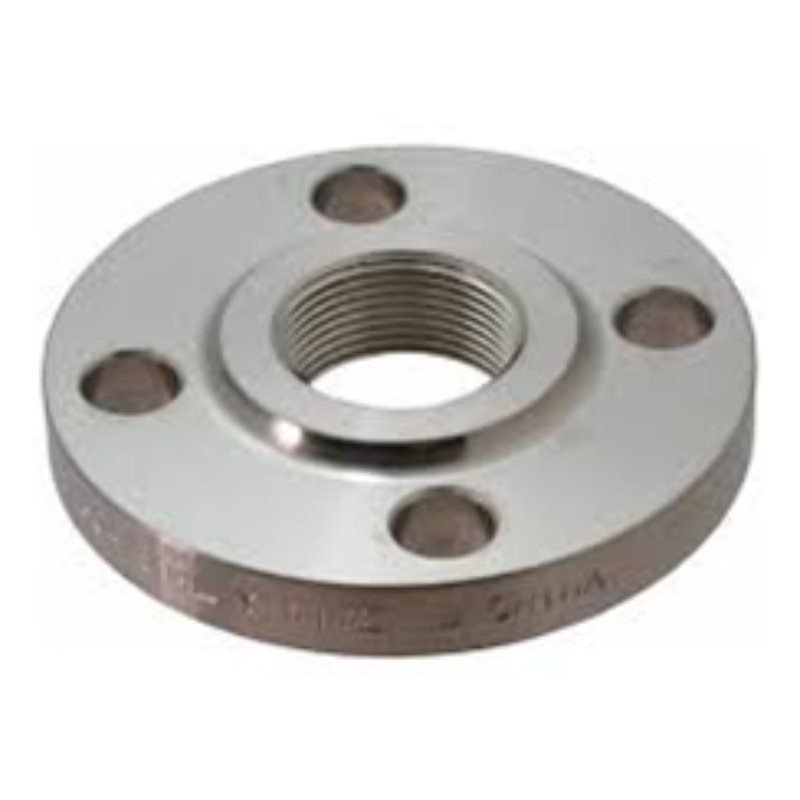

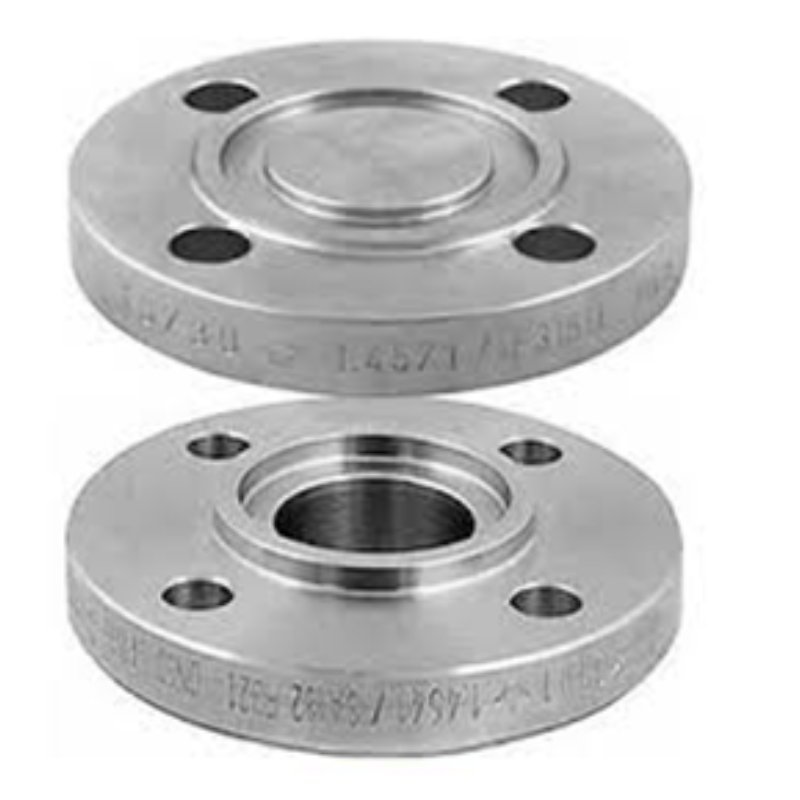

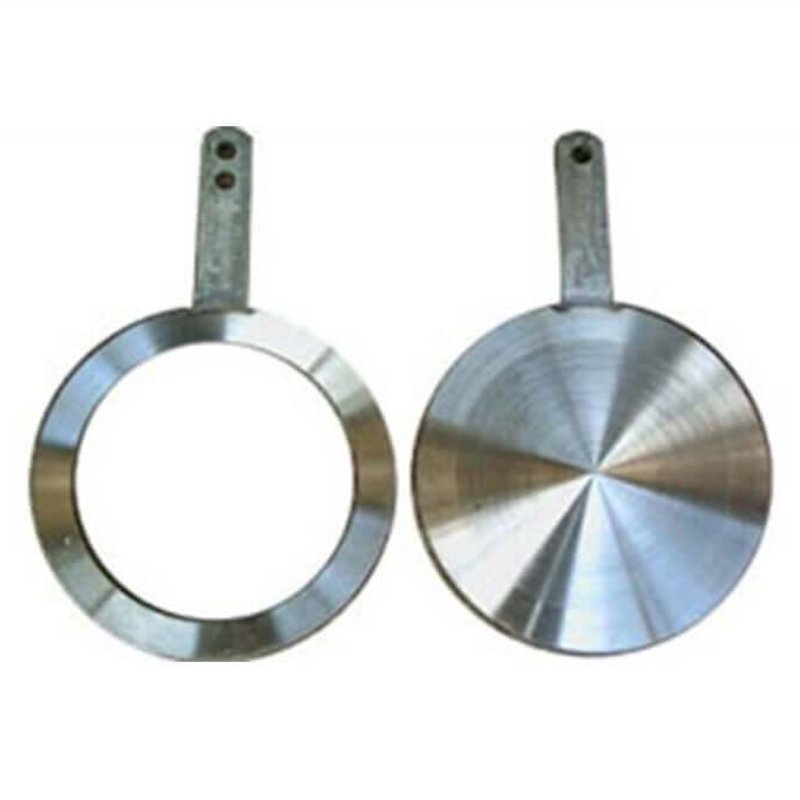









Flanges are used to connect pipes with each other, to valves, to fittings, and to specialty items suchFlanges are joined by bolting, and sealing is often completed with the use of gaskets or other methods. as strainers and pressure vessels. A cover plate can be connected to create a "blind flange". Flanges are joined by bolting, and sealing is often completed with the use of gaskets or other methods.
There are many different flange standards to be found worldwide. To allow easy functionality and interchangeability, these are designed to have standardised dimensions. Common world standards include ASA/ASME (USA), PN/DIN (European), BS10 (British/Australian), and JIS/KS (Japanese/Korean). In the USA, the standard is ASME B16.5 (ANSI stopped publishing B16.5 in 1996). ASME B16.5 covers flanges up to 24 inches size and up to pressure rating of Class 2500. Flanges larger than 24 inches are covered in ASME B16.47. Types of flanges
- Weld neck flange - A strong flange with a tapered neck that's welded directly to a pipe. It's often used in high-pressure and high-temperature systems.
- Slip-on flange - A ring that's slipped over the end of a pipe and welded in place. It's often used in low-pressure applications.
- Blind flange - A flat plate that closes the end of a pipe or valve. It's often used to cap off pipes that aren't in use.
- Threaded flange - A flange with a thread inside that matches the thread on a pipe or fitting. This design can eliminate the need for welding.
- Socket weld flange - A flange that's attached by inserting a pipe into the socket end and applying a fillet weld. It's often used on smaller high-pressure pipes
The sealing surface of the tongue and groove face flange is composed of a tongue face and a groove face,and the gasket is placed in the groove.Tongue and Groove faces of this flanges must be matched.One Tongue flange face has a raised ring machined onto the flange face while the mating grooving flange has a matching depression machined into it’sface.Tongue-and-groove facings are standardized in both large tongue and groove flange and small tongue and groove flange,different from male-and-female in that the inside diameters of the groove and tongue do not extend into the flange base,thus retaining the gasket on its inner and outer diameter.
The product range includes SORF, SOFF, BLRF, BLFF, WNRF (XS, XXS, STD and Schedule 20, 40, 80), WNFF (XS, XXS, STD and Schedule 20, 40, 80), SWRF (XS and STD), SWFF (XS and STD), Threaded RF, Threaded FF and LJ, with sizes from 1/2" to 40".
Flange standards include- ANSI: A common standard in the United States, with standards such as ANSI B16.5 and ANSI B16.47
- DIN: A common international standard, with pressure ratings such as PN6, PN10, and PN16
- JIS: A standard with pressure ratings such as 5K, 10K, and 16K
- GB: A standard with pressure ratings such as PN1.0, PN1.6, and PN2.0
- EN 1092: A European standard that includes flanges with DIN origin and PN/DN designations
- EN 1759: A European standard that includes ANSI/ASME flanges with Class and NPS designations
- IS 13159-1: An Indian standard for pipe flanges and flanged fittings
Specification(s)
| Size | ½” To 48” | |||||
|---|---|---|---|---|---|---|
| ANSI Class | CL. - 150, 300, 400, 600, 900, 1500, 2500, TABLE FLANGES A-J, DIN, PN6, PN10, PN16, PN25, PN40, PN64 etc. | |||||
| MATERIAL OF CONS. | CS,SS PLATE FLANGES, FORGED FLANGES, A105,A182 F304, F304L, A182 F316, F316L, F310, F321, F11, F22, F91, LF1, LF2, LF3, Duplex | |||||
| DESIGN STANDARDS | ANSI B 16.5, ANSI B 16.47, Series A&B, MSS SP44, ASA, API 605, AWWA, TABLE FLANGES A-J, DIN STD. & CUSTOM JOINTS | |||||
| END CONNECTION | WELDNECK, SLIPON, SCREWED & SOCKETWELD, TONGUE & GROOVED | |||||